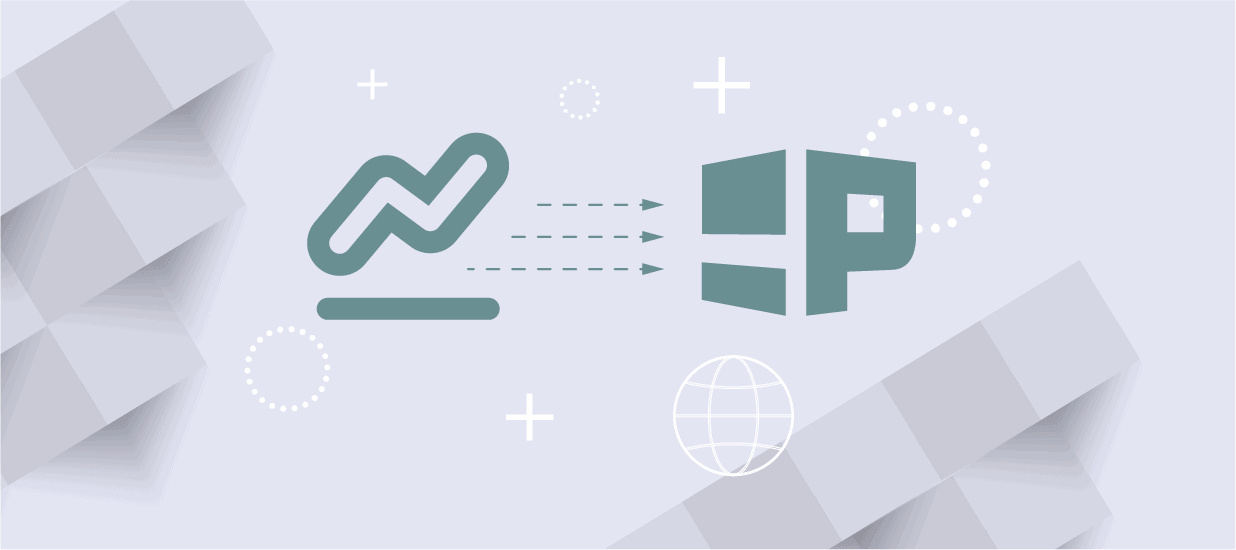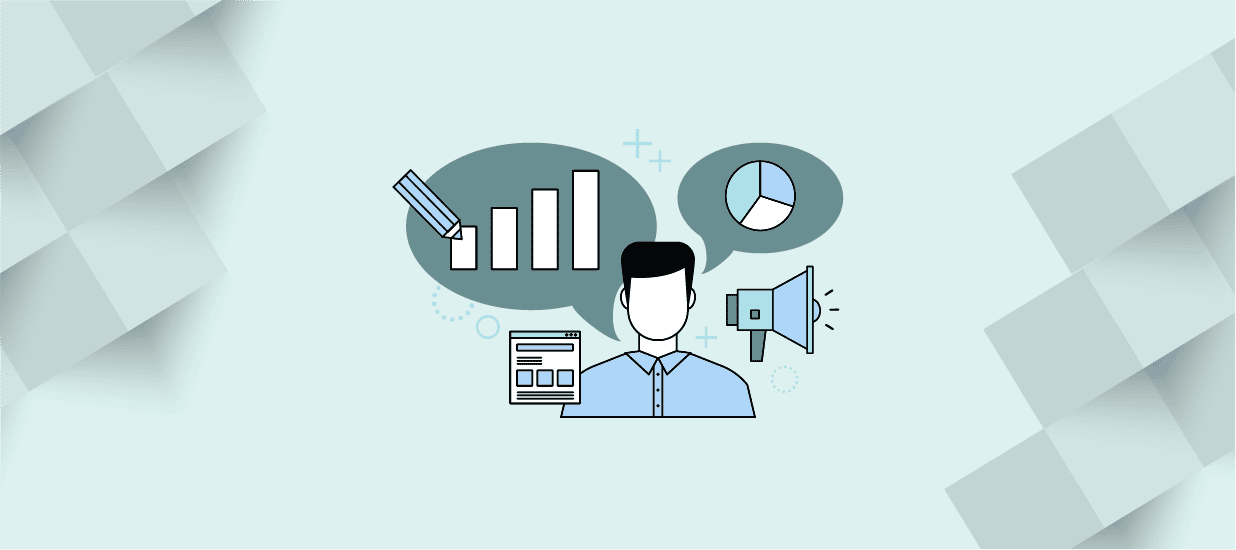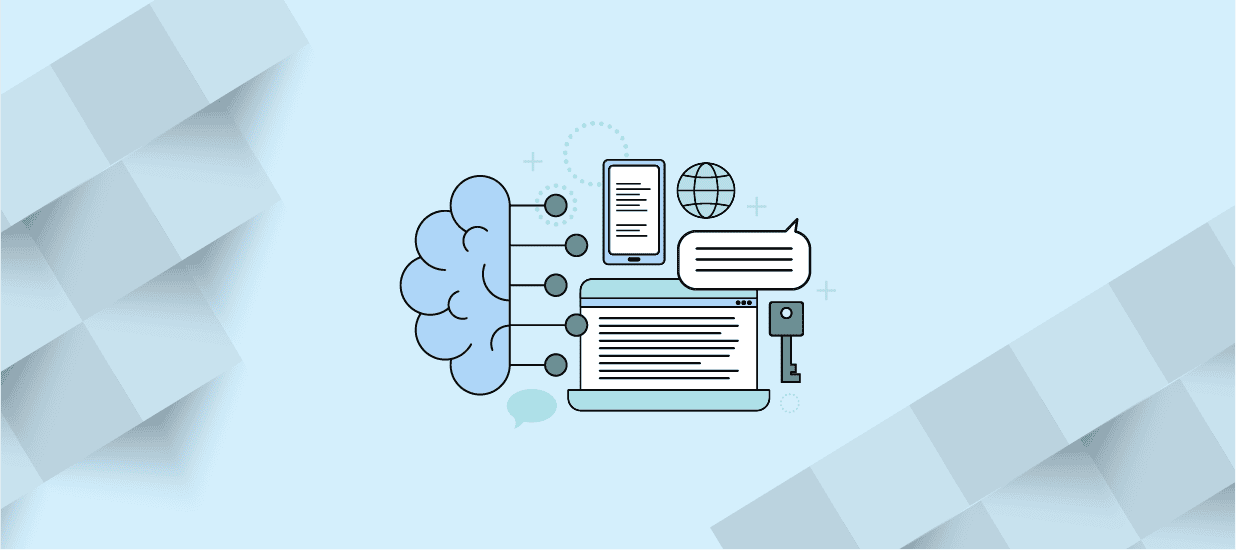Bridging the gap between data assets and realizing value for decision making and driving business is critical for organizations making significant investments in how they utilize data.
There is wide recognition of this gap and to truly transform how an organization operates with data requires systems thinking, with a multi-faceted programmatic solution for sustainable change in the DNA of the organization.
Randy Bean’s recent Forbes article discusses companies struggling in their efforts to build data-driven organizations. Only 24% report that they have truly forged a data culture.
Becoming a data-driven organization with a strong data culture requires a shared understanding and ability to use data assets. And you can accomplish this through data literacy. Establishing a structured data literacy program with a comprehensive, multi-pronged approach beyond skills and training for hands-on “data people” is essential for true transformations.
It’s important to focus on data literacy beyond ad-hoc training and courses.
To gain traction and to have a lasting impact to truly transform an organization, we need to focus on multiple aspects at all levels of the organization.
Data literacy is as important for leaders, managers, decision-makers as it is for ‘data people’ to communicate effectively with data using good data storytelling skills.
The Mindset of Data Literacy
Data literacy is not only for data practitioners to learn and execute. Leaders and decision-makers need to think of their decisions and implicit biases from years of experience as an evolving hypothesis that can be tested and improved with data. Data people can execute on these hypotheses with visualizations, algorithms, predictive models, etc. They can also help guide decisions with insights.
Leaders should be raising data awareness: what is possible to do (and not do)? They should be building critical thinking skills to understand and appreciate nuances, like how data sometimes might not have all the answers but it can tell you where those answers are or what to look for. They should be considering what data was collected and how, for instance, is the lack of data in itself saying something about that data?
This mindset is critical to avoiding assumptions and common mistakes with data-driven decision making. This is captured by economist Ronald Coase’s phrase, “If you talk to the data long enough, it will confess to anything.”
Data literacy is no longer a “nice to have.” It’s a life skill and a foundational element to creating a data-driven organization with a strong data culture. It is not just for data people or to make everyone a data person. Valerie Logan’s description of Data literacy at The Data Chief Live with Cindi Howson captures this well.
Data Literacy is…
1. An employee value proposition
2. Employee engagement proposition
3. Insurance policy of past, current and future data, analytics and AI investments
4. Differentiator and visible signal that you’re serious about data
5. Part of, not separate (building data and analytics muscle)
6. Catalyst for innovation at all levels
7. Way to Create the Space and Ability for Meaningful Discussions and Real Conversations
The Data Literacy Journey
So much about data literacy is fostering a culture of curiosity, asking better questions of data, thinking critically, working collaboratively combined with humility, empathy, and thriving in ambiguity. It’s a journey.
There are no magic bullets for organizations to just ‘go do.’ What works—what is needed as the organization matures with data—varies, how an organization can enable effective use of data and embedding ‘data in the DNA of the organization – varies.
There are however key structural elements to focus on: building a community, fostering a growth mindset for a learning culture and continuous improvement.
There are no magic bullets in this struggle to bridge this data value gap. It’s an iterative process with a continuous improvement mindset. You’ll need to adapt and adjust based on broader organizational dynamics and realities.
Data literacy programs are like the old Japanese adage: “If you want to catch a fish, plant trees.” Trees shed leaves that decompose and decay into acid, which binds into iron in the ground, which gets washed into the ocean, which fertilizes the plankton, which then feeds the fish.
Likewise, when data literacy programs take a short-cut approach of ad-hoc tooling and training, the vision of a data-driven decision-making culture dies.
Successful data literacy programs need systems thinking and a structured, cross-functional approach based on iterative execution for adaptability and customization for maximum impact. Seemingly disparate activities are interconnected in a systems-based data literacy program and moving different levers can create a long-term, sustainable transformation that can truly change how organizations realize value from their data assets.
* * *
Want to build data literacy in your organization? Explore our new course Data Science for Business Leaders, which empowers business leaders, department heads and executives to learn the language of data and partner more effectively with data practitioners, so they can drive business outcomes with the data at hand.
Author
-

Shilpam Pandey, an Enterprise Data Transformation and Analytics expert with 21 years of experience, held key roles at Summer Street Capital Partners, M&T Bank, GeoAgro by TEK, ICF Interactive, and NTT DATA Consulting, Inc. As an executive leader, she drove business results and transformations through data-driven decision-making and advanced analytics. For questions or inquiries, please contact [email protected].
View all posts








